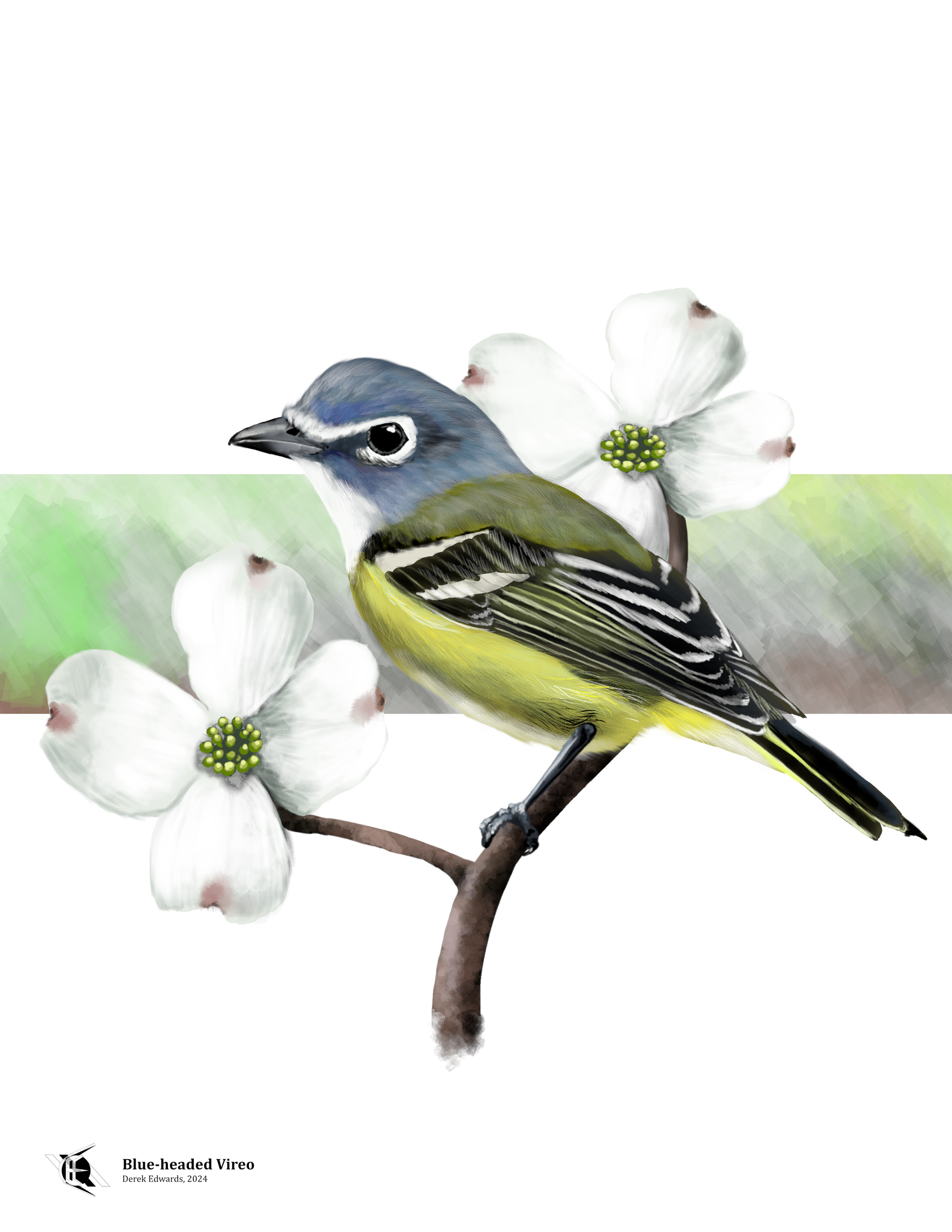
Running Commentary 3/18/2024
Hello,
It's springtime, officially starting this week for myself and most people. In Michigan, Spring is mostly mud season, and that portends to be the case this year as well.
Anyway...
Watching...

The Bad Batch
- We had a double episode here not-quite-halfway thorugh this final season. Rex is back, same as in other mid-season events.
- At least the show seems aware that Crosshair and Omega should have some vague idea where Tantiss is, having made their own escape from there. I'm still not sure why they don't.
- With Wolffe, we see that not all of the clones are in Tantiss yet; some are still on active duty. I'm somewhat surprised that's the case. Palpatine made a public commitment to replace the clones. Wouldn't Wolffe have heard about that? Maybe he did, and that's part of why he let Rex go. We know he's part of Rex's little group in Rebels, so I'm guessing this isn't the last we've seen of him in this show.
- One thing I just thought of: in the Republic Commando novels (which aren't Canon, but whatever) the RCs didn't feel much affinity for regular CC troopers. I wonder if some of that logic is behind RCs now working as guards on Tantiss.
- All-in-all, these were a great couple of episodes.

Bird of the Week
With Spring coming soon, the duck migration is winding down and the songbird migration is getting into full swing. For many in America, this means its time to go warbler-watching, searching for the jewels of the northern forests as they pass through the United States. But, as they search the forests for those quick little birds, these warbler-watchers are liable to find another sort, more prized for its song than for its color; they might find a vireo. Vireo is a genus comprising 33 species of small, insect-eating songbirds, most of whom are drab olive-colored, though often with bold wing markings, as can be seen on today's bird: the Blue-headed Vireo.
Found throughout the Gulf region and Central America in the winter and breeding in southeastern Canada and Appalachia in the summer, the blue-headed vireo is a rather typical vireo: drably but attractively colored, small, with a somewhat shrike-like hook to its beak, and prone to incessant singing. The male's song is complex, featuring characteristic vireo trills. Individual birds will sing their own variations of the tune, but each will most closely match the songs of their neighbors, seeming to teach each other; blue-headed vireos from different, far-off regions will share only a few phrases, and these birds may incorporate phrases and tones from other vireos where their ranges overlap.1 Vireos are birds of the understory of forests; the blue-headed breeds in conifer forest, within the smaller deciduous shrubbery below the tall pines.
Actually, that brings me to the perch I drew. Normally, a perch is just a random stick I draw in the last few minutes of working on a piece, but this perch, a blooming dogwood twig, actually was chosen before the bird. An understory tree found throughout much of eastern North America,2 the flowering dogwood is a welcome sight in springtime. It is associated with Easter, especially in the American South, where a local legend holds that Christ's cross was made from a dogwood tree, and as a result God cursed the dogwood with stunted, gnarled growth, so nothing could be built from it again, but also blessed it with beautiful flowers, cruciform in shape and bloodstained at the tips.3 The veracity of this story I take even less seriously than I do the tale of the goldfinch's bloodstained face,4 (goldfinches are at least native to Judea) but the sight of dogwood blooms is as much a sign of the Easter season as the song of the blue-headed vireo.
To science, the blue-headed vireo is Vireo solitarius, the literal translation of another name for the species: the solitary vireo. "Vireo" is simply Latin for a small, green thing (literally it means "I am green");5 most vireos are predominantly olive-green in color. As for being solitary, I can't really say I've ever encountered a flock of vireos of any species.
- James, Ross D. “Factors Affecting Variation in the Primary Song of North American Solitary Vireos (Aves: Vireonidae).” Canadian Journal of Zoology 59, no. 10 (October 1, 1981): 2001–9. https://doi.org/10.1139/z81-272.
- Fire Effects Information System, USDA. “SPECIES: Cornus Florida,” n.d. https://www.fs.usda.gov/database/feis/plants/shrub/corflo/all.html.
- Protheroe, Ashley. “Easter and the Legend of the Dogwood Tree.” Plant Me Green, October 11, 2021. https://www.plantmegreen.com/blogs/news/easter-and-the-legend-of-the-dogwood-tree.
- Edwards, Derek. “Running Commentary 12/18/2023, Bird of the Week: European Goldfinch.” The Edwards Edition, December 19, 2023. https://www.edwardsedition.com/newsletter/running-commentary-12-18-2023/.
- Jobling, J. A. (editor). The Key to Scientific Names in Birds of the World (S. M. Billerman et al. editors), Cornell Laboratory of Ornithology, Ithaca.
Curation Links
The Scent of Flavor | Linda Bartoshuk, Inference
An argument for “flavor” being an inherent property with its own dedicated human sense, distinct from smell or taste. It has long been known that a person with a plugged nose will miss most of the proper experience of eating, and it was assumed that what was lacking was the smell of the food. But the olfactory nerves of the nose do something else with the signals received while eating than with those received while merely sniffing.
Evermore: The Theme Park That Wasn't | Jenny Nicholson
[VIDEO] A lengthy but well-researched and well-delivered account of an indie theme park of sorts in Utah. First envisioned as a spectacular Disney World-killer, then, much more modestly, as a whimsical botanical garden, Evermore now exists as a sort of overgrown Renaissance Faire. The hobby project of a lesser-known tech billionaire, Evermore has its fans but has struggled to make money, due in no small part to the Covid pandemic but also due to a series of baffling financial decisions, from buying actual antique European tombstones as decorations to suing Taylor Swift. (3 hours, 48 minutes)
Have You Ever Tried to Sell a Diamond? | Edward Jay Epstein, The Atlantic
First published in 1982, this piece addresses something that remains an issue forty years later: diamonds are, by rarity, only semi-precious stones. The high cost of gem diamonds is the result of heavy marketing and tight control of the market by a mining cartel, but that high cost can only be exacted by professional jewelers. At the point of resale, open market forces re-assert themselves pitilessly over the gems. A private re-seller will only see a fraction of what they paid, if they can find a buyer at all.
The Whelk | Samara Auman, Clarkesworld
[FICTION] "Nostalgia died a quiet death, wrapped in cellophane and power cords. The future had killed it. The ghosts of yesteryear’s fragrances no longer haunted, no longer hung and clung to the passersby. Instead, those ghosts lay shriveled like salted slugs in the perfectly modulated light of streetlamps and roadside LEDs. And I, a robot programmed to recreate the sweet singsong fog of nostalgia wherever I wandered, withered alongside those ghosts."
See the full archive of curations on Notion






Member Commentary